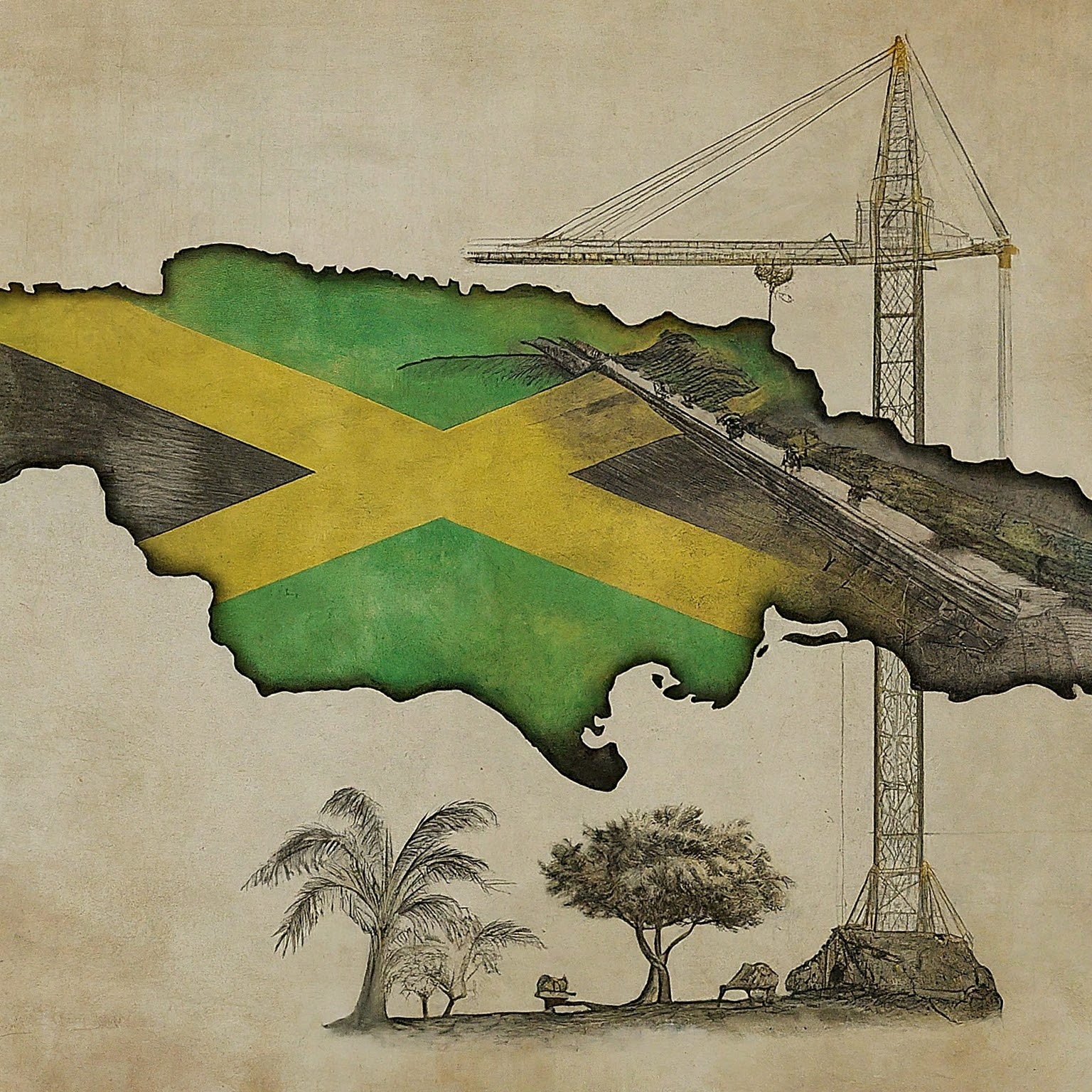Addressing the increasing risks from climate change, Capital & Good writes about Catastrophe Bonds. Imagine a hurricane tearing through the Caribbean. Homes destroyed, roads flooded, lives disrupted. Small island nations like Jamaica bear the brunt of such disasters. But what if there was a way to fast-track financial support in those dire moments? That’s precisely where the World Bank’s recent $150 million initiative comes in.
In a significant move to bolster Jamaica’s resilience against natural disasters, the World Bank has issued a $150 million parametric catastrophe bond (cat bond). This innovative financial instrument is designed to provide the island nation with swift financial support in the wake of severe climatic events, such as hurricanes or earthquakes. This article delves into the specifics of this cat bond, its significance for Jamaica, and the broader implications for disaster risk financing in developing countries.
What is a Parametric Catastrophe Bond?
Before diving into the details of the World Bank’s issuance, it’s essential to understand what a parametric cat bond is. Unlike traditional insurance, which pays out based on actual damages assessed post-event, a parametric cat bond is structured around the occurrence of specific parameters related to an event, such as earthquake magnitude or hurricane wind speed. Payments are triggered automatically when these predefined parameters are met, ensuring that funds are rapidly disbursed to address immediate recovery needs.
The $150 Million Issuance for Jamaica
The World Bank’s issuance of a $150 million parametric cat bond for Jamaica is a proactive measure to manage financial risks from natural disasters, a recurrent threat for the Caribbean nation. The bond is part of the broader strategy to enhance economic stability by creating pre-arranged financing that can be quickly mobilized in a disaster scenario.
Remember Hurricane Ivan in 2004, which caused immense damage across Jamaica? With this cat bond, Jamaica would have had pre-arranged funding to kickstart recovery faster. This kind of financial protection is crucial for an island nation exposed to natural hazards. This bond also instills confidence in investors – they know Jamaica has resources in place if the worst happens.
The World Bank’s $150 million cat bond is specifically designed to protect Jamaica against hurricanes and earthquakes. If a disaster strikes that meets the agreed-upon intensity level, Jamaica receives an immediate payout. This means the government has cash on hand to:
- Repair roads, hospitals, and critical infrastructure
- Provide emergency aid to affected communities
- Avoid taking out costly loans after a disaster
Key Features of the Catastrophe Bond:
- Trigger Mechanism: The bond features a parametric trigger, meaning that it will automatically disburse funds if specific criteria related to natural disasters are met. This is crucial for timely interventions and recovery efforts.
- Coverage: The bond provides coverage against tropical cyclones and earthquakes, which are significant risks for Jamaica due to its geographical location.
- Term: The coverage is typically for three years, after which the bond may be renewed or restructured based on new risk assessments and financial strategies.
Importance for Jamaica
For Jamaica, the implications of this cat bond are profound:
- Immediate Liquidity Post-Disaster: Quick access to funds is critical in the aftermath of a disaster to restore essential services, rebuild infrastructure, and support the population’s recovery efforts.
- Fiscal Stability: By securing financial resources through a cat bond, Jamaica can avoid the need to reallocate funds from essential development projects or seek emergency loans, thus maintaining fiscal stability.
- Confidence Building: The presence of a financial safety net in the form of a cat bond can bolster investor confidence, knowing that Jamaica has preemptive measures in place for disaster risk management.
Broader Implications for Disaster Risk Financing
The issuance of this cat bond by the World Bank for Jamaica sets a precedent for other nations vulnerable to natural disasters. It demonstrates a viable pathway for developing countries to access the capital markets for disaster risk financing, thereby reducing their reliance on post-disaster humanitarian aid and loans. Additionally, it emphasizes the role of innovative financial instruments in global efforts to build resilience against natural disasters.
Conclusion: Solutions for Climate Change
The World Bank’s $150 million parametric catastrophe bond issuance for Jamaica is a landmark development in the realm of disaster risk financing. It not only provides Jamaica with a crucial tool to manage the financial impacts of severe natural events but also highlights the potential of such financial instruments to transform the landscape of disaster preparedness and response for vulnerable nations worldwide. As climate change continues to exacerbate the frequency and intensity of natural disasters, the relevance and necessity of innovative financial solutions like cat bonds will only increase, paving the way for a more resilient future.





